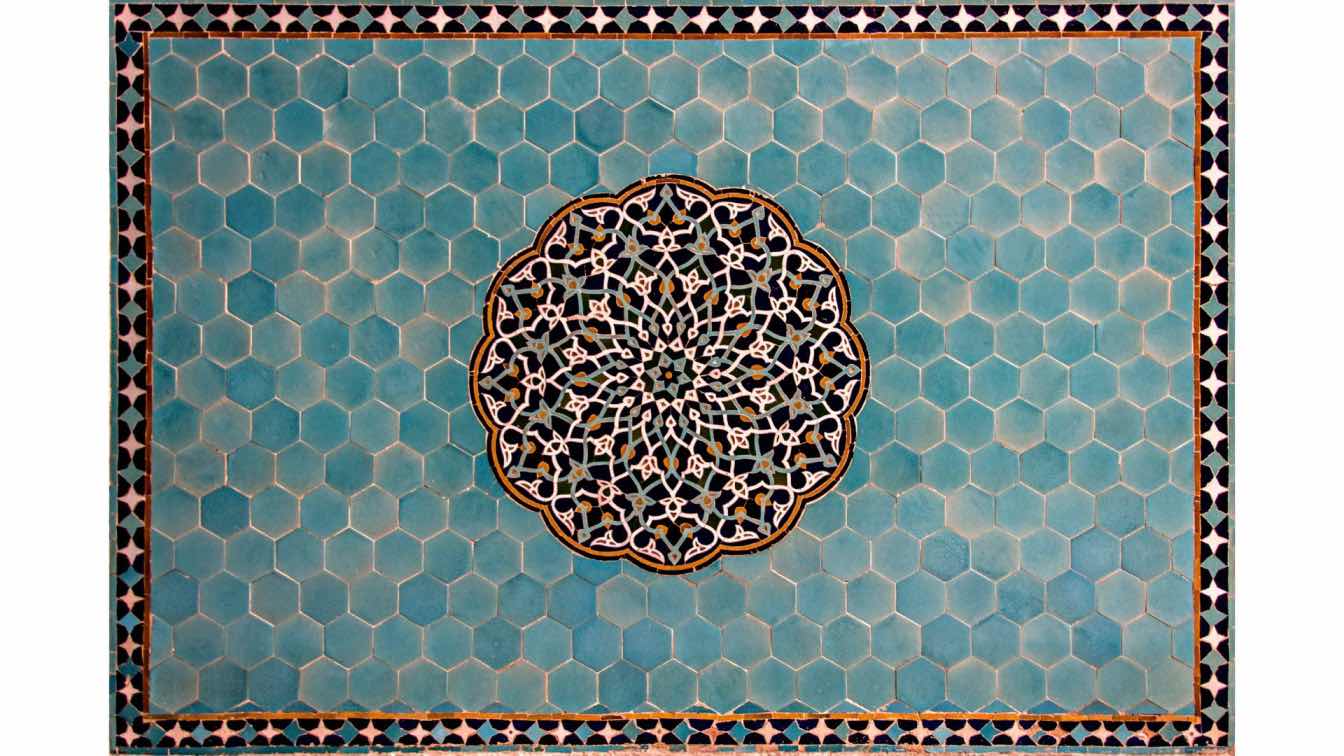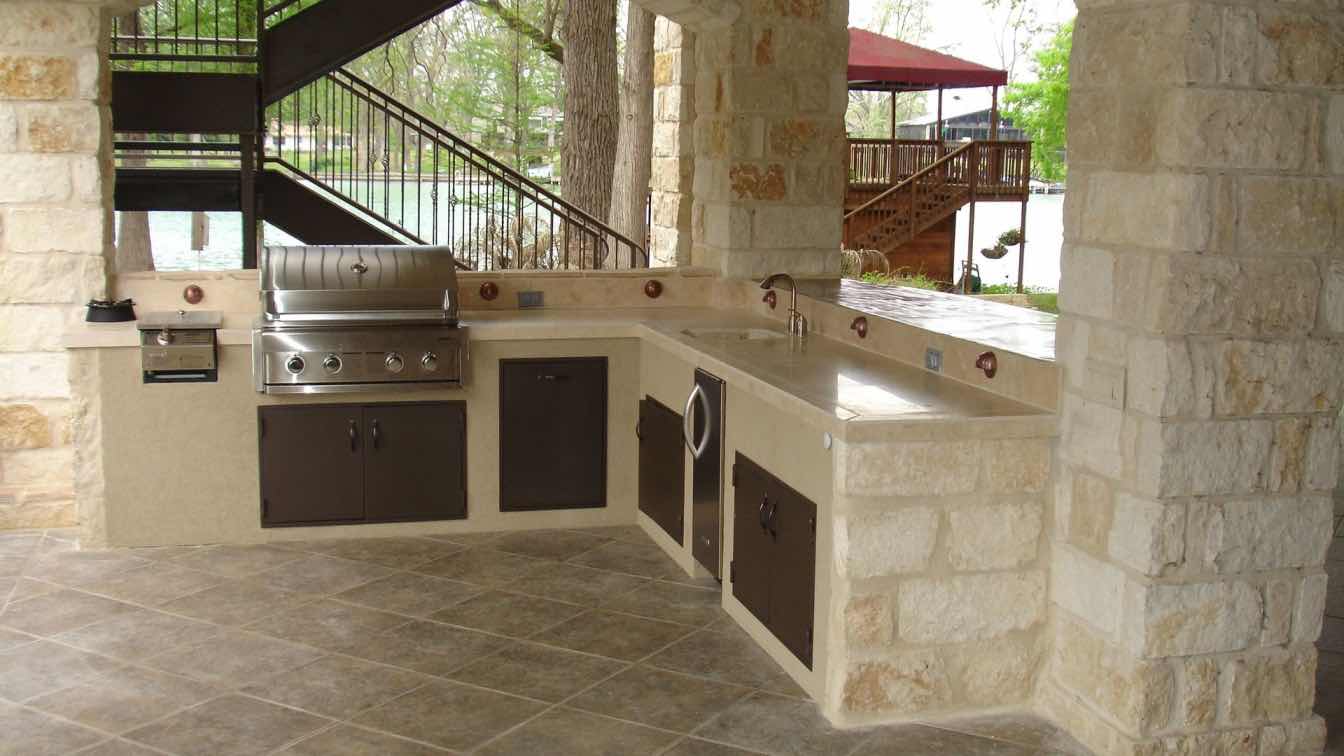The kitchen is often referred to as the heart of the home, a central hub where families gather, meals are prepared, and memories are made. Given its importance, creating a space that is both functional and aesthetically pleasing is key. One of the most impactful ways to elevate your kitchen decor is through the incorporation of stunning mosaic tiles.
Mosaic tiles have captivated homeowners and designers alike for centuries, boasting a timeless allure that transcends fleeting trends. These intricately assembled pieces, varying in color, material, and size, have adorned spaces from ancient Roman baths to contemporary kitchens, evidencing their enduring appeal.
Historical Legacy
The history of mosaic tiles stretches back thousands of years, with origins in ancient civilizations such as the Greeks and Romans who used them to depict mythological tales, everyday scenes, and ornamental patterns.
This rich historical legacy lends mosaic tiles an intrinsic value, connecting modern homes with the artistry and craftsmanship of the past. The ability to withstand the test of time, both physically and stylistically, makes mosaic tiles a link to history and tradition.
The secret behind their lasting popularity lies not only in their aesthetic versatility but also in their ability to inject personality and artistry into any space. Here are expert tips to help you redesign your kitchen with these beautiful tiles.
1. Start by Defining Your Color Scheme
Before diving into the vast array of kitchen mosaic tiles, establish a color scheme for your kitchen. Mosaic tiles come in an endless palette of colors, so deciding on a scheme will help narrow down your choices and ensure a cohesive look. Whether you prefer a monochromatic approach, contrasting hues, or a pop of vibrant color against a neutral backdrop, defining your palette is the first step towards a harmonious design.
Think about the vibe you want for your kitche.You need a neat looking kitchen with your tiles being the center of attraction if you want to go classic with colors. Pick an interior designer and discuss your color scheme and decide accordingly.
2. Choose Your Focal Points
Mosaic tiles are perfect for creating striking focal points in your kitchen. Consider areas where you want to draw attention or add a splash of style.
One of the most popular areas to feature mosaic tiles in the kitchen is the backsplash. This space, especially behind the stove or sink, offers a perfect canvas for creativity. Mosaic tiles can withstand the heat and moisture common in kitchens, making them both a practical and beautiful choice.
By choosing vibrant colors or intricate patterns, you can turn a simple backsplash into a stunning centerpiece that captures attention and sparks conversation. For those looking to make a bolder statement, creating an accent wall with mosaic tiles can dramatically change the look and feel of your kitchen.
Whether it's a full wall or a section highlighted with an intricate mosaic design, this approach can serve as a focal art piece, adding depth and texture to the space. Accent walls are especially effective in larger kitchens, where they can break up the space and add visual interest without cluttering the area.
3. Mix Materials and Textures
One of the beauties of mosaic tiles is the variety of materials and textures available, including glass, ceramic, porcelain, and natural stone. Incorporating a mix of mosaic tile can produce a dynamic and textured aesthetic.
For instance, the glossy finish of glass tiles can complement the natural, matte appearance of stone, offering a contrast that highlights the best features of each material. Ceramic and porcelain tiles can serve as a neutral base, allowing more decorative elements like glass or metal mosaic accents to shine.
When mixing materials and textures, it's also important to consider the practical aspects of each type of tile. For example, porous materials like natural stone may require more maintenance and sealing compared to glass or porcelain. Ensure that the materials chosen are suitable for their intended use, particularly in areas prone to moisture or spills.
By mixing materials and textures with mosaic tiles, you can create a kitchen that is not only functional but also a reflection of your personal style and creativity. This approach allows for endless possibilities in design, making your kitchen a truly unique and inviting space.
4. Play With Patterns
Mosaic tiles offer a myriad of pattern possibilities, from geometric shapes to intricate designs reminiscent of art pieces.
- Don't shy away from playing with patterns to create a unique kitchen space.
- Geometric patterns can add a modern touch, while more traditional designs can evoke a classic or rustic feel.
Remember, the pattern you choose can significantly influence the room's ambiance, so select one that aligns with your desired decor style.
5. Balance With Neutrals
Neutral tones serve as the perfect canvas for the vivid patterns and colors of mosaic tiles.
By choosing cabinetry, countertops, and walls in shades of white, beige, gray, or soft wood tones, you create a subdued backdrop that allows the mosaics to shine. These neutral elements act as a visual palate cleanser, preventing the space from feeling too busy or chaotic, regardless of the complexity or boldness of your tile choice.
Another aspect to consider is the interplay of textures. Mosaic tiles, especially those with glossy finishes or intricate relief patterns, add a tactile dimension to the kitchen. Pairing these with matte or smoothly finished countertops and cabinetry creates an appealing contrast, adding depth and interest to the design without overwhelming the senses with too much visual noise.
6. Lighting Matters
The beauty of mosaic tiles is further enhanced by good lighting. Under-cabinet lighting, pendant lights, or recessed lighting can illuminate your mosaic tilework, showcasing its colors and textures.
Natural light also plays a crucial role in how your tiles will look throughout the day, so consider how sunlight interacts with your chosen tiles.
7. Professional Installation
Given the complexity and precision required for installing mosaic tiles, hiring a professional is advisable. A skilled installer can ensure that the tiles are correctly laid out and secured, preventing future issues and guaranteeing that your design looks as stunning as intended.
Final Thoughts
Transforming your kitchen with stunning mosaic tiles not only enhances its aesthetic appeal but also adds value to your home. By following these simple tips, you can create a kitchen space that is both functional and a true reflection of your personal style. Whether you're drawn to the boldness of colorful patterns or the subtlety of neutral tones, mosaic tiles offer the flexibility to bring your vision to life.





